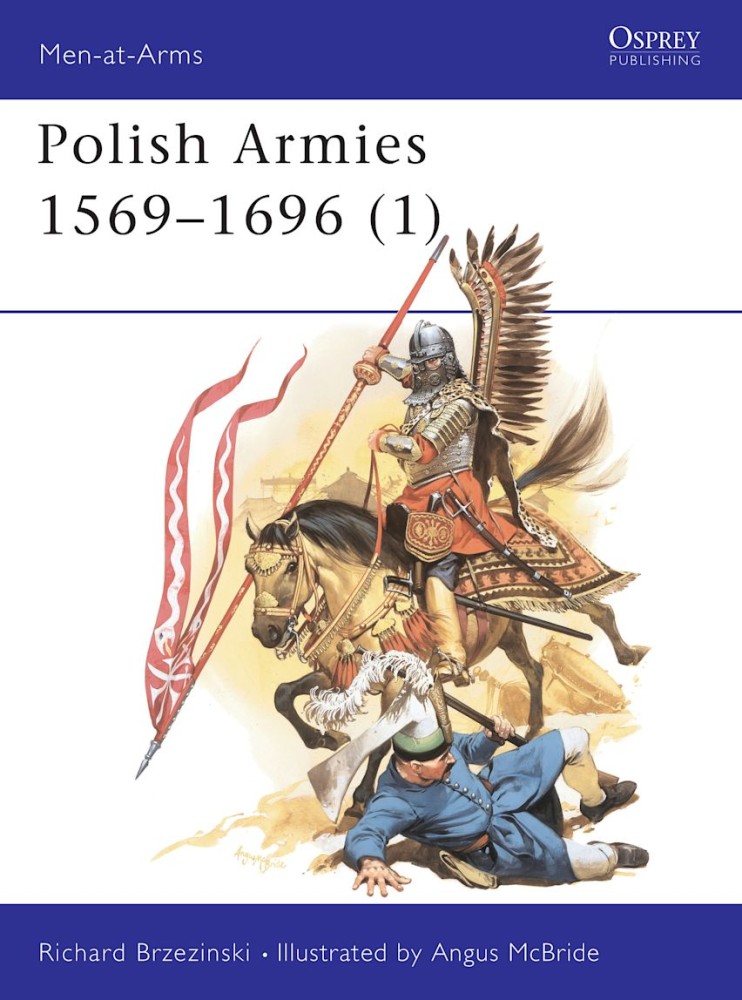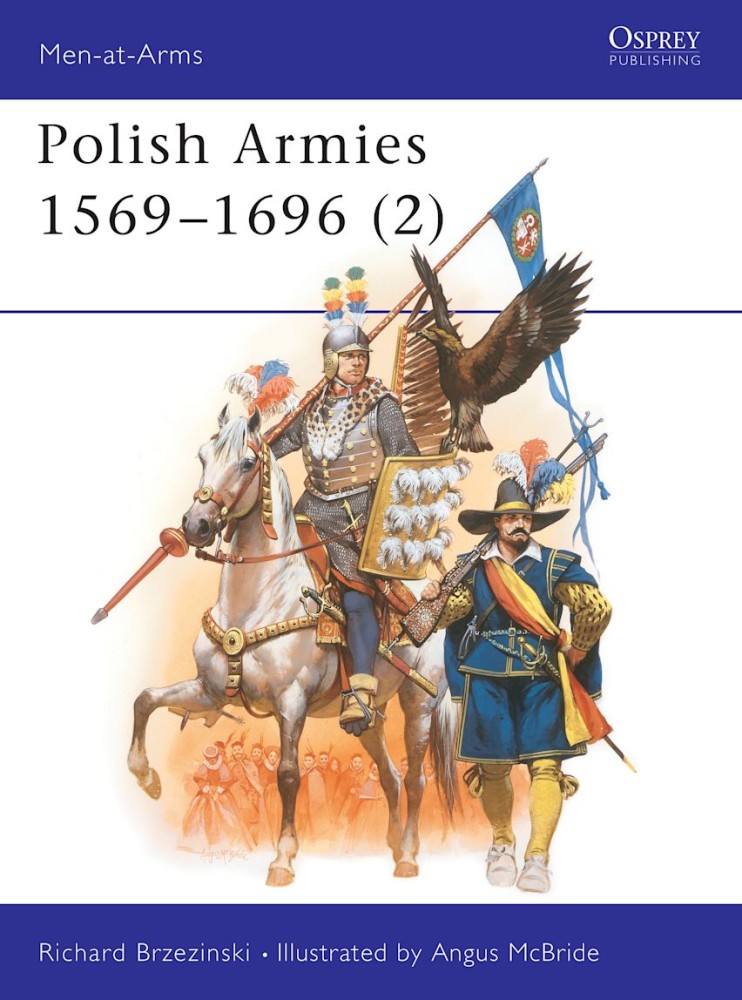Describes how newly modernized Japan waged war against China in its first overseas campaign, marking its rapid transition into Asia's leading military power only 30 years after emerging from centuries of feudalism.
Few people will realise that at one time the Polish state was one of Europe's great powers. One of the chief instruments of her success was undoubtedly her army, which though small can claim many accomplishments and major successes in the 16th and 17th centuries. Richard Brzezinski redresses this imbalance by providing a portrait of Polish armies from 1569-1696, detailing their history, organisation, arms, armour, insignia and dress, accompanied by numerous illustrations and eight superb full page colour plates by Angus McBride.
The 17th century Polish-Lithuanian Commonwealth was almost as varied as modern America. Alongside Slavs lived Lithuanians and other Balts, Germans, Tatars, Armenian merchants, Jewish traders, and even a remarkably large populations of Scots. This variety of cultures had a strong influence on the Polish army. Along with the predominantly Polish and Lithuanian 'winged' hussars served numerous foreigners from both within and outside the Commonwealth: Tatars and Cossacks, Wallachians, Transylvanians, Moldavians, Hungarians, Serbians and Albanians; and from the West, French, Italians, Dutch, Walloons, Swedes and Scots. Richard Brzezinski's companion volume to Men-at-Arms 184 completes his fascinating examination of Polish armies from 1569-1696.



